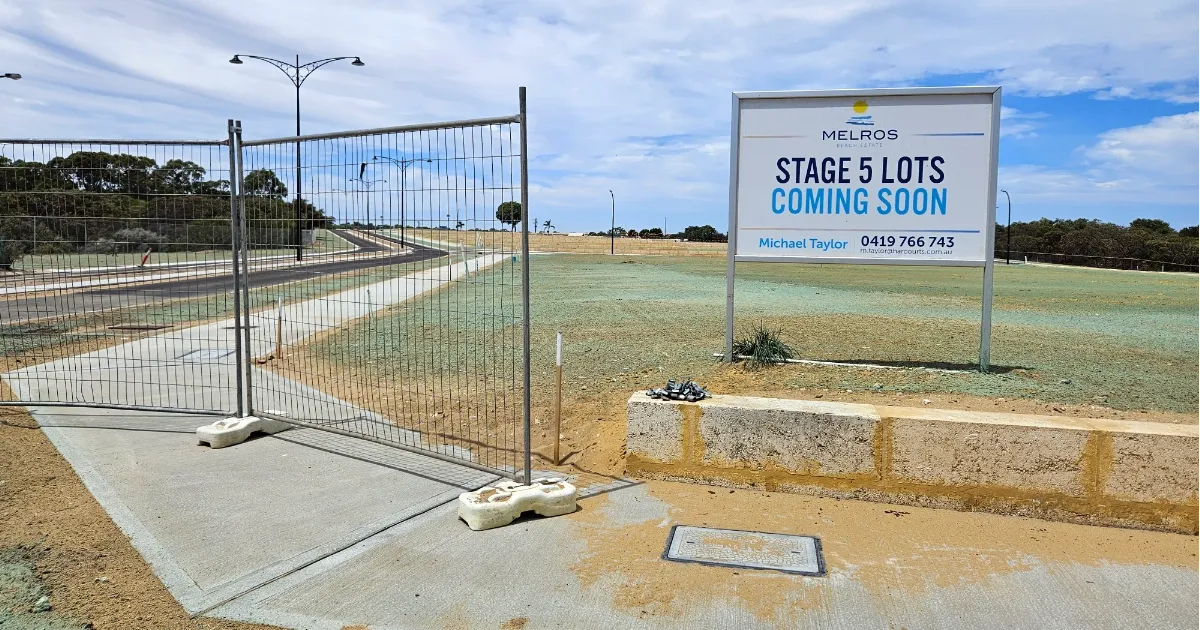
Psychology of New Housing Developments in Old Communities
Exploring the emotional, social, and economic impacts of neighbourhood change
Old neighbourhoods are often bound by a strong sense of community, with residents deeply tied to shared identities and long-standing networks. When new housing developments emerge, they can disrupt this balance. Long-time residents may feel a strain on their sense of belonging, particularly if new neighbours bring different lifestyles or priorities. For those who value the stability of their relationships, this change can create feelings of exclusion or alienation.
Community cohesion is fragile, and the introduction of new developments can unintentionally erode the very elements that made the neighbourhood special for its original residents.
Anxiety and Stress Amid Transformation
Change in familiar surroundings often triggers feelings of anxiety and stress. Residents may worry about practical issues like increased traffic, noise, and overcrowded infrastructure. Others might be concerned about aesthetic changes that might alter the neighbourhood's character. For long-term homeowners, losing the tranquillity or charm of their area can feel like a personal loss.
These stressors are not only emotional but can also be physical, as heightened stress levels impact mental and physical health. Urban planners and developers must balance progress with the well-being of established communities.
The Role of Social Identity in Acceptance and Resistance
Social identity plays a significant role in shaping how individuals respond to new housing developments. Residents often associate themselves with the cultural and historical aspects of their neighbourhood. New construction can challenge these identities, leading to resistance against change or negative attitudes toward new developments and their future occupants.
This resistance is frequently linked to concerns that changes might diminish the uniqueness or heritage of their community. Addressing these fears through open dialogue and thoughtful planning can reduce friction and foster better integration.
Economic Impact: A Double-Edged Sword
New developments often bring complex economic consequences. On one hand, additional housing can boost local property values, which can be a financial boon for homeowners. On the other hand, residents may harbor concerns about "who" the developments are intended to serve—whether it’s affordable housing for local needs or luxury accommodations for wealthier newcomers. These economic tensions often feed into broader debates surrounding growth and equity in the community.
Adaptation and Integration Over Time
The silver lining is that communities have a remarkable ability to adapt and integrate new developments when given time and the right approach. Integration is most successful when developers and urban planners prioritize community engagement. Hosting open forums, incorporating feedback from residents, and ensuring that developments align with neighbourhood values can ease transitions.
Over time, new residents and businesses often contribute to reinvigorating the community, creating opportunities for connection and revitalization. Achieving inclusivity, however, requires proactive steps and a mindset of collaboration.
Symbolic Politics and Its Influence
Interestingly, resistance to new developments isn’t always rooted in financial self-interest or direct personal impact. Political psychology points to the role of symbolic politics, where people’s feelings about development are shaped by deeper societal symbols, such as attitudes toward developers, cities, or affordable housing efforts.
For instance, some residents may automatically oppose a project if it is labelled as “luxury” or spearheaded by large corporations, even if it doesn’t negatively impact them directly. Instead of financial implications, these views reflect deeper values tied to group identity and overarching societal debates. Understanding symbolic politics can help urban planners better frame and communicate projects to address broader concerns.
Creating Harmony in Community Development
What emerges from understanding the psychology of new housing developments in old communities is the need for intentionality. To create harmonious and inclusive neighbourhoods, both policymakers and developers must consider the social and emotional dimensions of change. Prioritizing transparency, listening to residents, and building on existing community strengths can pave the way for growth that feels shared rather than imposed.
While challenges remain, there are promising examples of communities successfully adapting and thriving in the face of change. Collaborating with locals to align developments with their needs and values is often the best way to ensure new housing enhances—not disrupts—the places people call home.
01 Feb 2025

